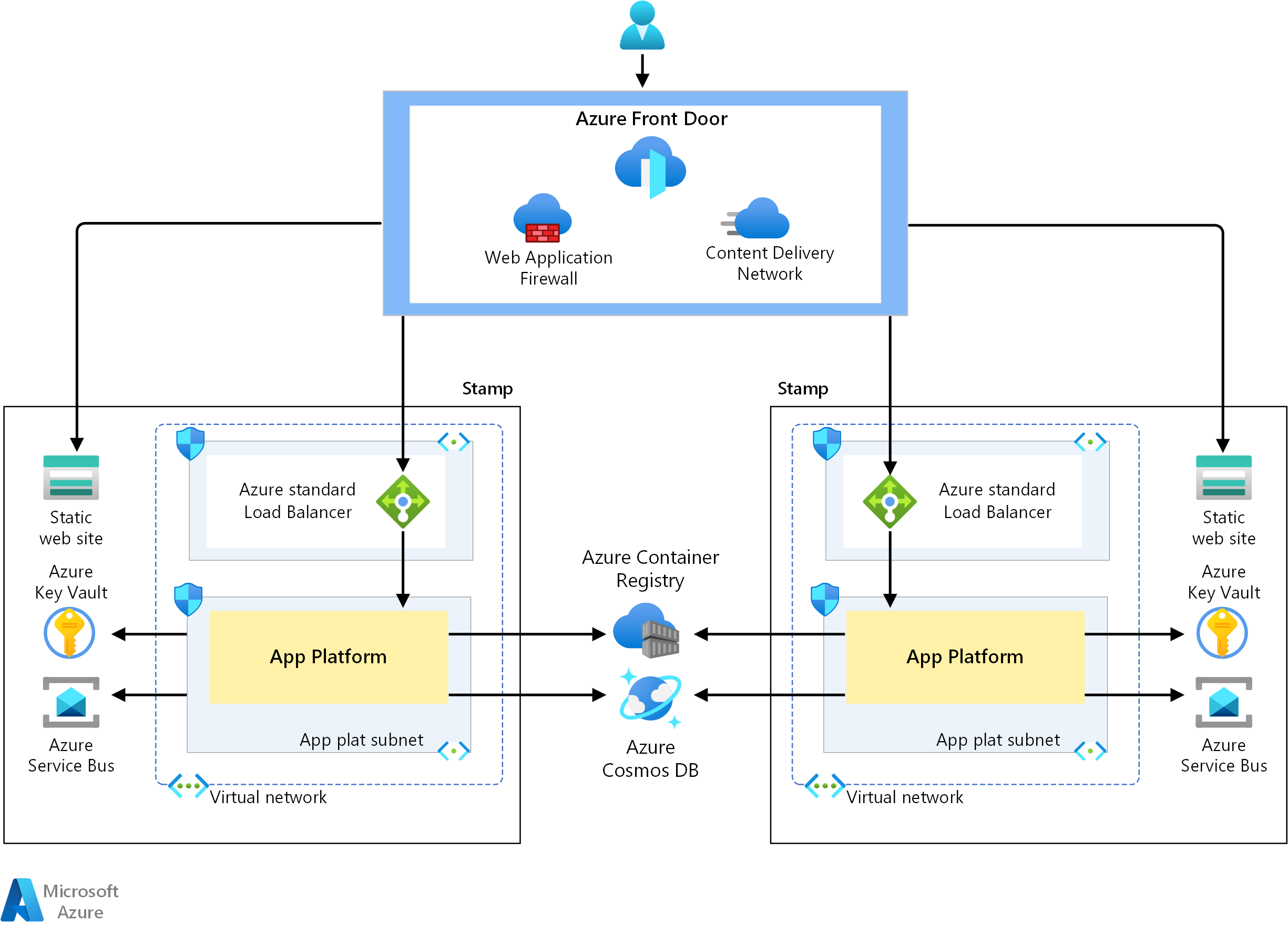In my experience troubleshooting network issues, Cisco access points have been known to drop client connections unexpectedly.
Understanding Access Point Basics
Factors affecting connection stability: Distance from the access point, interference from other devices, and signal strength can all impact client connections.
How to troubleshoot dropped connections: Check for firmware updates, adjust antenna positions, and ensure proper placement of the access point for optimal coverage.
Troubleshooting Discovery and Join Phases
- Check for nearby interference: Use a wireless analyzer tool to scan for any potential sources of RF interference in the vicinity. Look for other access points, microwaves, cordless phones, or Bluetooth devices that could be causing disruptions.
- Verify network settings: Ensure that the access point is configured with the correct SSID, security settings, and channel assignment. Check for any misconfigurations that could be affecting client connections.
- Check for firmware updates: Make sure that the access point is running the latest firmware version. Sometimes, firmware bugs can cause issues with client connections that can be resolved by updating to the newest release.
Troubleshooting Join Phase:
- Check client signal strength: Determine the signal strength of the client devices connecting to the access point. Low signal strength can lead to dropped connections and poor performance.
- Adjust access point placement: Reposition the access point to provide better coverage and signal strength to client devices. Avoid placing the access point near obstacles or sources of interference.
- Check for client compatibility: Verify that the client devices connecting to the access point are compatible with the wireless network standards and security settings. Incompatibility issues can cause connection problems.
Debugging Perspectives and Analyzing Results

When debugging client connection issues on a Cisco Access Point, it is crucial to consider various perspectives and analyze results thoroughly. One common cause of dropped connections is interference from other devices or networks in the vicinity.
Start by checking the signal strength and quality of the connection between the client device and the access point. This can help identify any potential issues with the wireless communication.
Additionally, examine the access point’s configuration settings and ensure they are optimized for stable and reliable connections. Pay attention to settings such as channel selection, transmit power, and security protocols.
If the issue persists, consider analyzing network traffic and logs to pinpoint any patterns or anomalies that may be causing the dropped connections. This data can provide valuable insights into the root cause of the problem.
By approaching the debugging process with a comprehensive perspective and thoroughly analyzing results, you can effectively troubleshoot and resolve client connection issues on a Cisco Access Point.
Common Errors and Solutions
– Check for interference from other devices or networks in the area.
– Adjust the channel settings on the Cisco Access Point to minimize interference.
– Ensure that the firmware on the Access Point is up to date to fix any known bugs or issues.
– Check the power source and cables to ensure they are functioning properly.
– Consider moving the Access Point to a different location to improve signal strength and stability.
– If the issue persists, contact Cisco support for further assistance.
